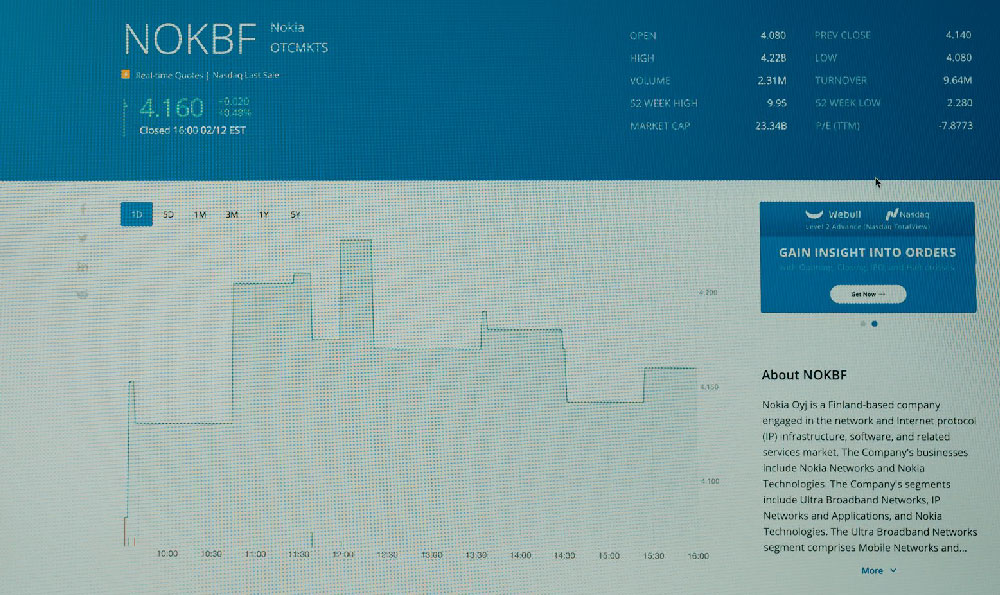
McDonald's, a ubiquitous symbol of American fast food, commands a global presence. Understanding its daily earnings and overall profitability requires a multi-faceted approach, considering revenue streams, operating costs, and market dynamics. While pinpointing an exact daily profit figure is challenging due to the company's complex financial structure and franchise model, we can arrive at a reasonable estimate and analyze its profitability.
McDonald's generates revenue primarily through two avenues: company-operated restaurants and franchise royalties. Company-operated restaurants contribute directly to revenue through sales of food and beverages. Franchisees, on the other hand, pay royalties to McDonald's based on a percentage of their sales. This franchising model is a key element of McDonald's profitability, as it allows the company to expand its reach without bearing the full capital expenditure burden of owning and operating every location.
Estimating McDonald's daily revenue requires utilizing the company's publicly available financial statements. McDonald's typically reports its annual revenue, number of operating restaurants (both company-owned and franchised), and global comparable sales. To approximate daily earnings, we can divide the annual revenue by 365 days. For instance, if McDonald's reports annual revenue of $23 billion (this is a hypothetical figure for illustrative purposes), the estimated daily revenue would be approximately $63 million. However, this figure represents gross revenue, not profit.

Determining the daily profit requires a more granular analysis of the company's cost structure. McDonald's incurs significant operating expenses, including food and packaging costs, labor expenses, marketing and advertising expenditures, rent and occupancy costs, and depreciation and amortization. Furthermore, company-operated restaurants incur these costs directly, while franchised restaurants have their own independent cost structures, with McDonald's receiving royalties as a percentage of their sales.
The franchising model is central to McDonald's profitability. By franchising, McDonald's shifts a significant portion of the operational and financial risk to the franchisees. Franchisees are responsible for managing the day-to-day operations of their restaurants, including hiring and training staff, procuring supplies, and maintaining the premises. In return, they receive the right to use the McDonald's brand name and operating system, and they benefit from the company's marketing and advertising efforts. McDonald's, in turn, receives a consistent stream of royalty income without directly managing each individual location. This revenue stream is typically very profitable, as it requires less direct involvement and fewer operational expenses.
Assessing McDonald's profitability involves examining various financial metrics, including gross profit margin, operating profit margin, and net profit margin. Gross profit margin reflects the percentage of revenue remaining after deducting the cost of goods sold (primarily food and packaging costs). Operating profit margin represents the percentage of revenue remaining after deducting all operating expenses. Net profit margin represents the percentage of revenue remaining after deducting all expenses, including taxes and interest. These margins provide insights into the company's efficiency in managing its costs and generating profits from its operations.
However, these margins are aggregate figures that reflect the overall performance of the company. The profitability of individual restaurants can vary significantly depending on factors such as location, menu mix, operating efficiency, and local market conditions. Restaurants in high-traffic areas with strong local economies tend to be more profitable than those in less desirable locations. Efficiently managed restaurants with low operating costs and high sales volumes also tend to be more profitable.
Beyond the core business of selling food and beverages, McDonald's also generates revenue from real estate ownership. The company owns a significant portfolio of real estate, including the land and buildings on which many of its restaurants are located. McDonald's often leases these properties to franchisees, generating rental income. This real estate strategy provides a stable and recurring revenue stream, and it also allows the company to maintain control over the locations of its restaurants.
McDonald's is also constantly innovating and adapting to changing consumer preferences. The company is investing in technology to enhance the customer experience, such as mobile ordering, self-service kiosks, and delivery services. McDonald's is also expanding its menu to include healthier options and catering to diverse dietary needs. These efforts are designed to attract new customers, retain existing customers, and drive revenue growth.
In conclusion, determining McDonald's exact daily profit is a complex undertaking that requires analyzing various financial metrics and considering the company's unique business model. While estimating daily revenue is relatively straightforward, calculating daily profit requires a more granular analysis of the company's cost structure and revenue streams. The franchising model is a key element of McDonald's profitability, as it allows the company to expand its reach without bearing the full capital expenditure burden of owning and operating every location. Despite the challenges in calculating a precise figure, it's evident that McDonald's, with its global brand recognition, extensive network of restaurants, and efficient operating system, is a highly profitable company. The sheer volume of transactions, coupled with the profitable franchise model, ensures significant daily earnings. Whether the profit margin on each individual sale is high or low, the sheer number of sales contributes to a substantial daily profit.





